Author: Bitcoin Magazine Pro; Compiler: Vernacular Blockchain
With Bitcoin now entering the six-digit range as the norm, higher prices seem to have become inevitable. By analyzing key on-chain data, valuable insights into the fundamental health of the market can be provided. By understanding these indicators, investors can better predict price trends and prepare for potential market peaks or upcoming pullbacks.
1. Terminal Price
The "Terminal Price" indicator combines the number of days of coin destruction (CDD) and the supply of Bitcoin, and has been seen as an effective tool for predicting the peak of the Bitcoin cycle. The number of days of coin destruction is simply a measure of the activity of Bitcoin transactions. It looks at both the length of time the coin is held and the number of Bitcoins involved in the transaction.
Translator's Note:
Terminal Price is an indicator used to predict the high point of the price of cryptocurrencies such as Bitcoin. It combines Bitcoin's supply with on-chain transaction data, such as Coin Destruction Days (CDD), to assess market activity and investor behavior.
Coin Destruction Days (CDD): In simple terms, it looks at how long Bitcoin is held before it is transferred, while also taking into account the amount of transfers.
The role of the terminal price: When the terminal price becomes high, it usually means that the market is active or even overheated, and may be close to the high point of this bull market.
In layman's terms, the terminal price is like a "market thermometer" to help investors determine whether Bitcoin is in the late stage of a bull market or is about to adjust.
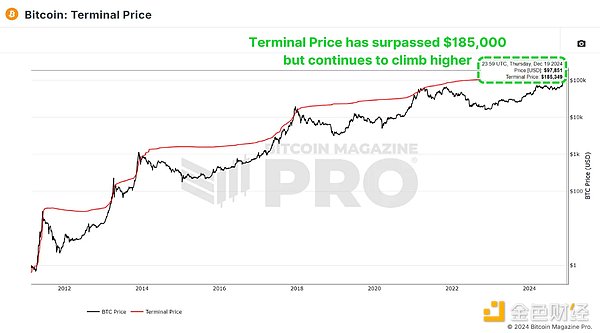
Figure 1: Bitcoin's terminal price has exceeded $185,000
Currently, the Bitcoin terminal price has exceeded $185,000 and may rise further to $200,000 as the cycle develops. Given that Bitcoin has broken through $100,000, this suggests that the price may still maintain a positive upward trend in the coming months.
2. Puell Multiple
The Puell Multiple is evaluated by comparing daily miner revenue (in US dollars) with its 365-day moving average. After the halving event, miners’ revenues dropped significantly, leading the market to enter a period of consolidation.
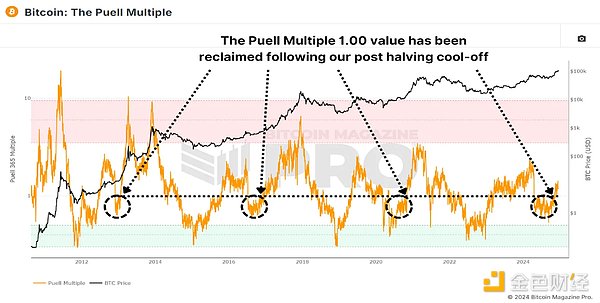
Figure 2: Puell Multiple has climbed above 1.00
Currently, the Puell Multiple has climbed back above 1, indicating that miners’ profitability is recovering. Based on historical data, a breakout above this critical value usually heralds the late stages of a bull market cycle, often accompanied by an exponential rise in prices. This pattern has been similarly reflected in all previous bull markets.
3. MVRV Z-score
The MVRV Z-score provides key market signals by measuring the relationship between market value and realized value (the average cost basis of Bitcoin holders). To account for asset volatility, the indicator is standardized to a Z-score, which shows a high degree of accuracy in identifying cycle highs and lows.
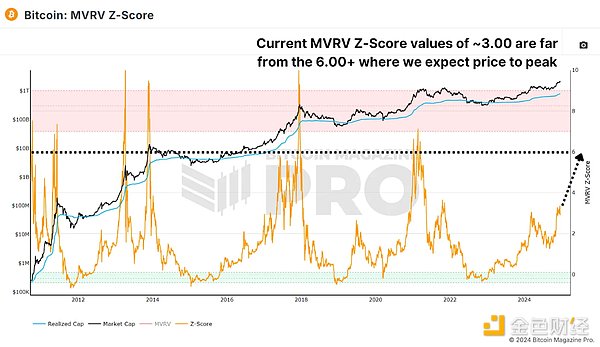
Figure 3: MVRV Z-score is still significantly lower than the previous cycle high
Currently, Bitcoin's MVRV Z-score is about 3.00, and has not yet entered the overheated red zone, indicating that the market still has room for growth. Although the recent trend of gradually lower mid-cycle highs has become a trend, the Z-score shows that the market is still some distance away from reaching the peak of the frenzy.
4. Active Address Sentiment
This indicator tracks the percentage change of active network addresses over a 28-day period and compares it with the price change over the same period. When price growth exceeds network activity, it indicates that the market may be overbought in the short term, because positive price performance may be difficult to sustain in the absence of insufficient network utilization.
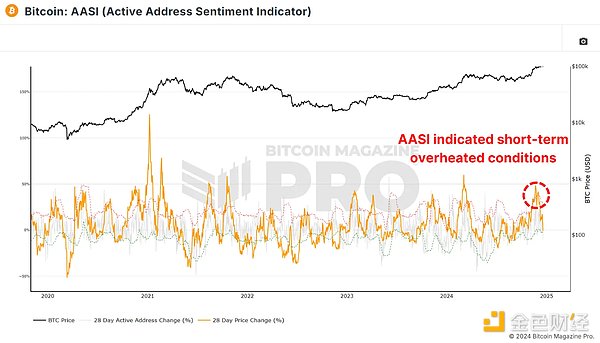
Figure 4: AASI shows signs of overheating as Bitcoin breaks $100,000
The latest data shows that after Bitcoin's rapid climb from $50,000 to $100,000, the market has cooled slightly, indicating that it is currently in a healthy consolidation period. This adjustment may lay the foundation for long-term sustained growth and does not mean that we should be pessimistic about the medium- and long-term trend.
5. Spent Output Profit Rate (SOPR)
The Spent Output Profit Rate (SOPR) measures the profits realized in Bitcoin transactions. The latest data shows an increase in profit-taking, which may indicate that we are entering the late stages of the cycle.
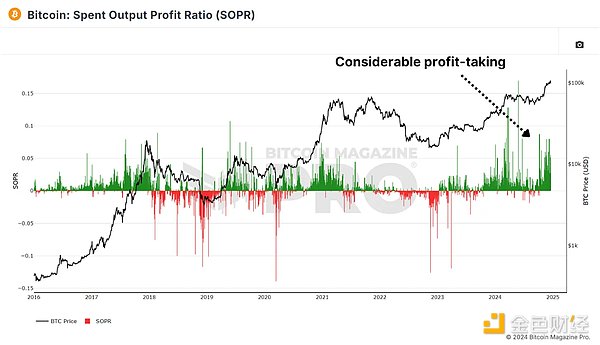
Figure 5: Large SOPR aggregation shows profit-taking
One thing to note is the increasing use of Bitcoin ETFs and derivatives. Investors may be moving from self-custody to using ETFs for convenience and tax advantages, which may have an impact on the SOPR value.
6. Destroyed Value Days (VDD)
The Destroyed Value Days (VDD) multiple adds weight to long-term large holders on the basis of the Destroyed Coin Days (CDD). When this indicator enters the overheated red zone, it usually indicates that the price has reached a major high as the most experienced large players in the market begin to cash out and leave.
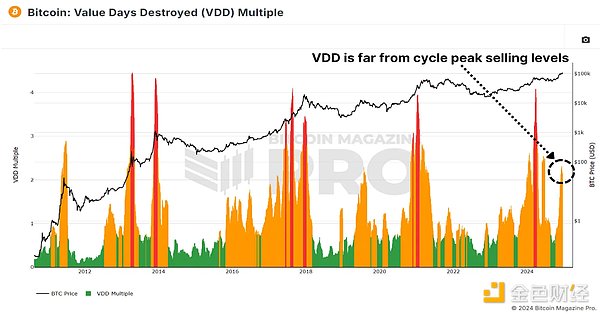
Figure 6: VDD is at a high but not overheated level
Current Bitcoin VDD levels show that the market is slightly overheated, but history shows that this range can last for several months before reaching a peak. For example, in 2017, VDD showed signs of overbought nearly a year before the cycle top arrived.
7. Conclusion
Taken together, these indicators show that Bitcoin is gradually entering the late stages of a bull market. While some indicators show short-term cooling or slight overbought conditions, most still highlight decent upside potential through 2025. Key resistance for this cycle is likely to be between $150,000 and $200,000, with indicators such as SOPR and VDD providing clearer signals as they approach peaks.
 JinseFinance
JinseFinance










